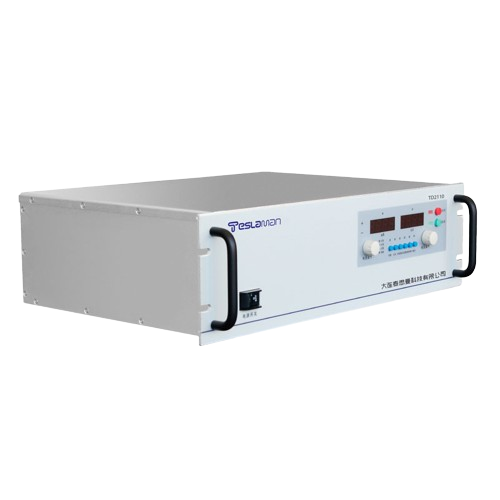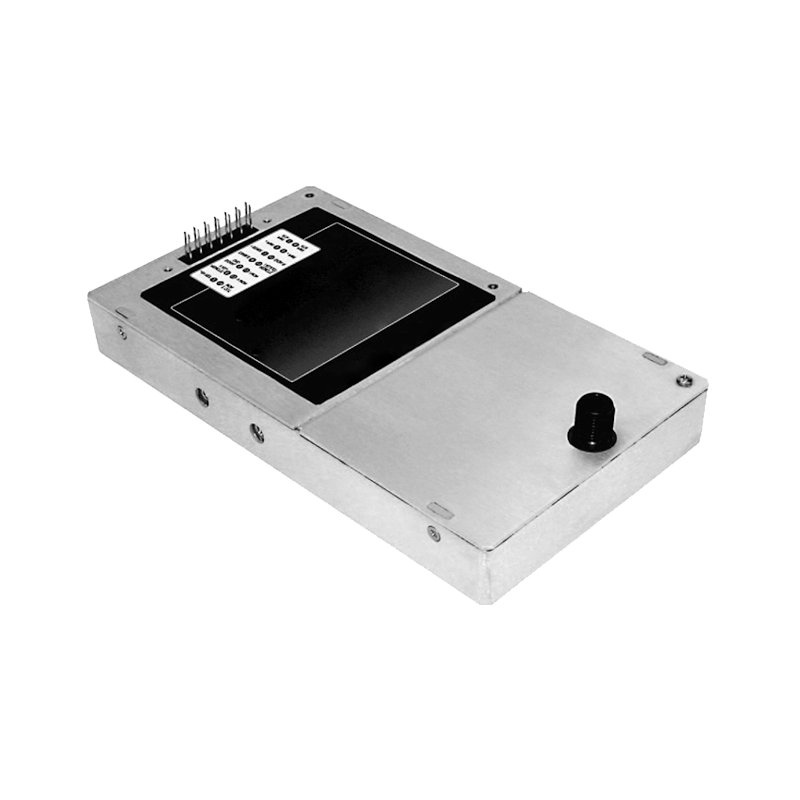The Dose Uniformity of High Voltage Power Supplies for Irradiation Sterilization
In modern medical, food processing, and numerous industrial fields, irradiation sterilization plays a vital role as an efficient and reliable sterilization method. During the irradiation sterilization process, the high voltage power supply, as a core device, has a direct impact on the sterilization effect, and dose uniformity is one of the key indicators for measuring the application effect of high voltage power supplies.
Irradiation sterilization uses high energy rays (such as electron beams, gamma rays, etc.) to destroy the DNA structure of microorganisms, thereby achieving the purpose of killing microorganisms. The high voltage power supply is responsible for providing stable and high voltage electrical energy for the device that generates high energy rays. Dose uniformity refers to the evenness of the distribution of the irradiation dose received within the entire volume of the irradiated object. If the dose uniformity is poor, some areas may not be sterilized thoroughly due to insufficient dose, while some areas may be damaged due to excessive dose.
There are many factors that affect the dose uniformity of high voltage power supplies for irradiation sterilization. First of all, the stability of the output voltage of the high voltage power supply is of great significance. Voltage fluctuations can cause instability in the intensity of the generated high energy rays, thus leading to deviations in the irradiation dose. Secondly, the distribution characteristics of the ray beam also affect the dose uniformity. Different ray generating devices have differences in the initial distribution of the ray beam. During the transmission process, if affected by magnetic fields, electric fields, or the device structure, the ray beam may scatter, deviate, etc., further destroying the dose uniformity. In addition, the shape, material, and transmission speed of the irradiated object also have an impact on the dose uniformity. For example, for objects with irregular shapes, the distances between different parts and the ray source are different, and the received doses are also different; materials have different absorption and scattering characteristics of rays, which also leads to uneven dose distribution.
To improve the dose uniformity of high voltage power supplies for irradiation sterilization, a series of measures can be taken. On the one hand, optimize the design of the high voltage power supply, adopt advanced voltage stabilizing technologies and control algorithms to reduce voltage fluctuations. On the other hand, design reasonable focusing and collimating devices for the transmission of the ray beam to reduce ray scattering and deviation. At the same time, according to the characteristics of the irradiated object, adjust the transmission speed and ray intensity, and optimize the irradiation process parameters through means such as computer simulation to ensure that the dose uniformity meets the requirements.
In conclusion, the dose uniformity of high voltage power supplies for irradiation sterilization is the key to ensuring the quality of irradiation sterilization. By deeply studying the influencing factors and taking effective optimization measures to continuously improve the dose uniformity, the advantages of the irradiation sterilization technology can be better utilized, providing a reliable guarantee for the development of various industries.




















